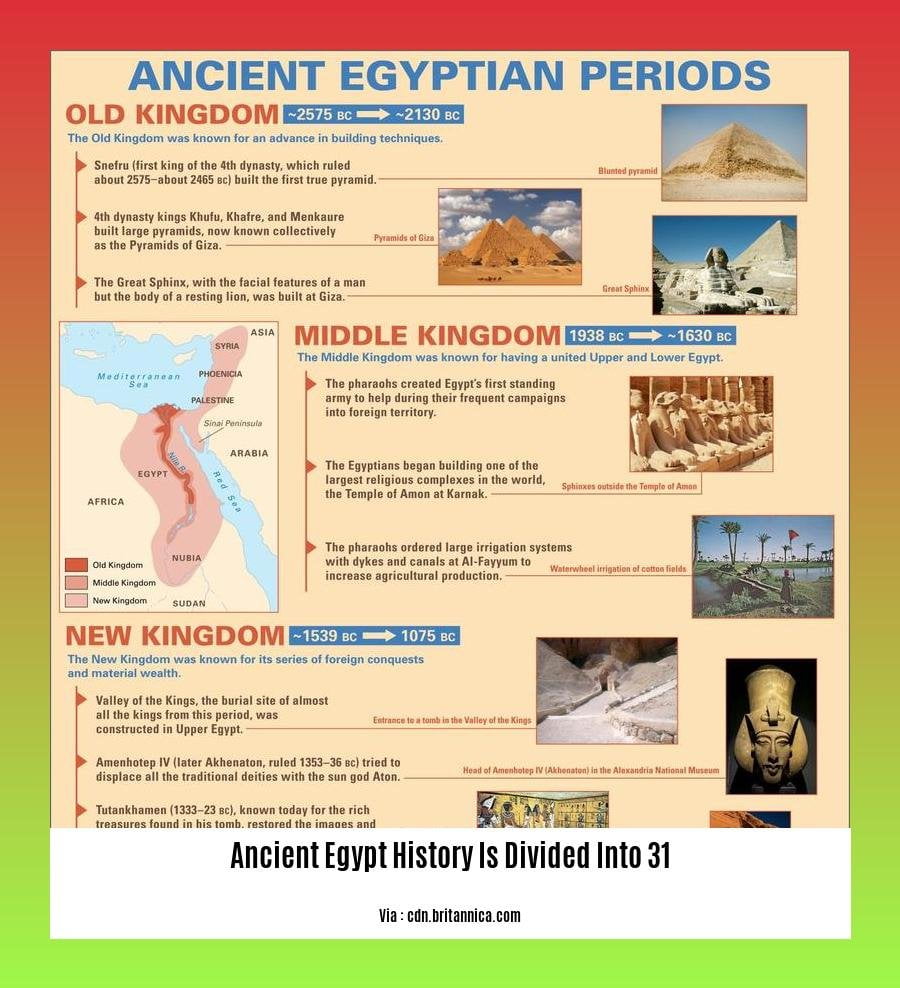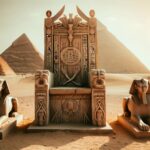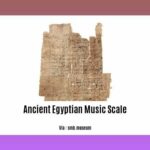Embark on a captivating journey through time as we delve into the remarkable 31 dynasties that shaped ancient Egyptian history. From the unification of Upper and Lower Egypt to the rise and fall of mighty empires, each dynasty played a pivotal role in shaping the legacy of this extraordinary civilization. Discover the fascinating stories, significant rulers, and awe-inspiring achievements that characterized each era, as we explore the intricacies of ancient Egypt’s chronological tapestry in [A Journey Through Time: Exploring Ancient Egypt’s Remarkable 31 Dynasties [ancient egypt history is divided into 31]].
Key Takeaways:
– Ancient Egyptian history is traditionally divided into 31 dynasties.
– Dynasties are retrospective constructs based on the succession of rulers.
– Each dynasty comprised rulers connected by familial ties or a shared seat of power.
– Egyptian history is also categorized into broader chunks, including kingdoms and periods, to differentiate times of strength and unity from those of transition, foreign dominance, or disunity.
Ancient Egypt’s History is Divided Into 31
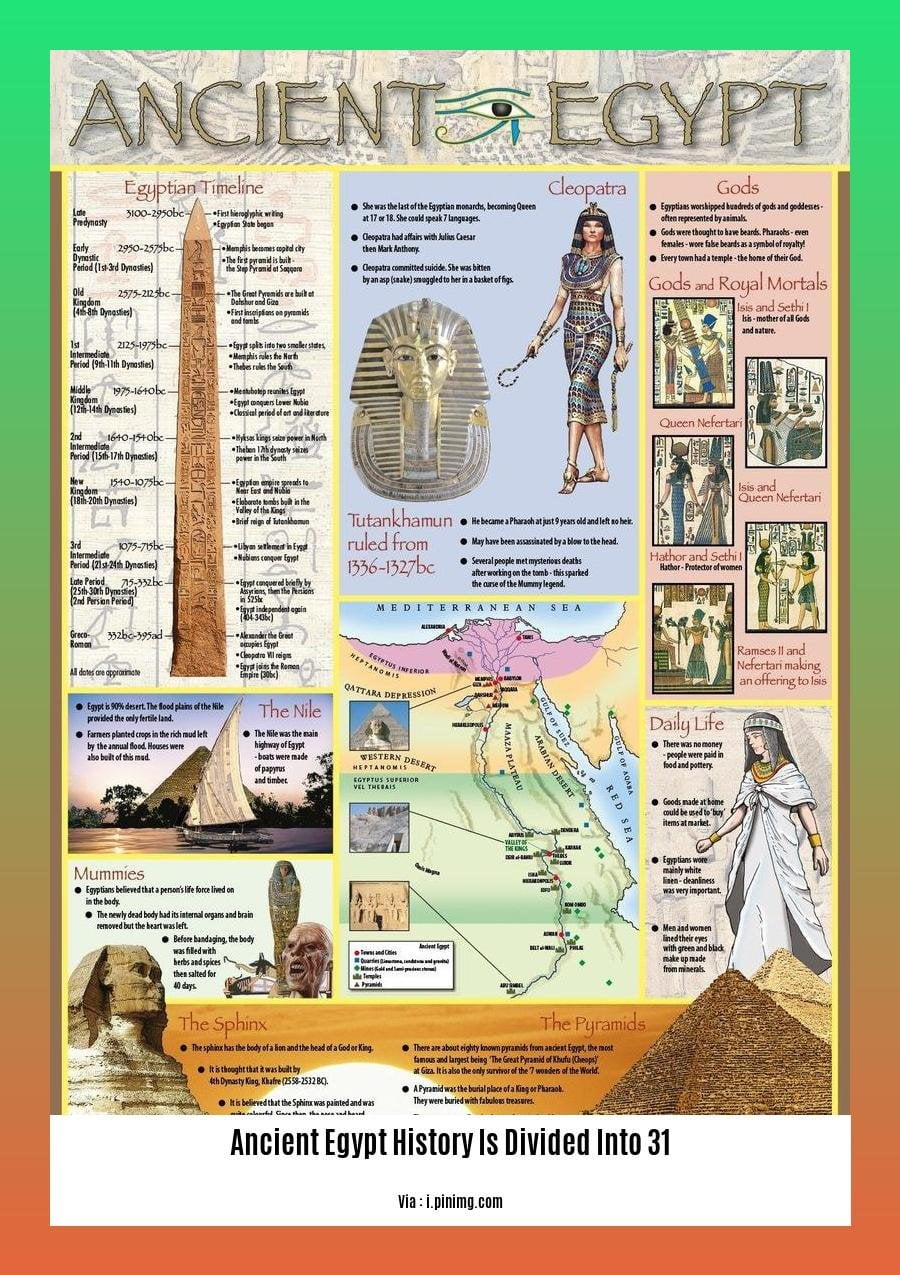
The ancient Egyptian civilization, a beacon of human history, thrived in the northeastern corner of Africa for over three millennia, leaving behind a rich legacy of colossal monuments, intricate hieroglyphs, and advanced scientific and mathematical knowledge.
To comprehend the vast expanse of this civilization, scholars have divided ancient Egypt’s history into 31 dynasties, each representing a distinct period marked by unique rulers, political shifts, cultural developments, and historical events.
This chronological framework, meticulously constructed through meticulous research, provides a roadmap to navigate the complexities of ancient Egypt’s past, allowing us to trace the threads of its evolution and grasp the significance of its contributions to world history.
A Tapestry of Dynasties: Unraveling Ancient Egypt’s Chronology
The concept of dynasties in ancient Egypt can be likened to chapters in a captivating novel, each narrating the reign of a powerful family or lineage that held sway over the land.
- The Early Dynastic Period (Dynasties 1-2):
The dawn of unified rule under a single monarch, symbolizing the crystallization of Egyptian civilization.
The Old Kingdom (Dynasties 3-6):
The golden age of pyramid building, characterized by architectural marvels like the Great Pyramids of Giza.
The First Intermediate Period (Dynasties 7-10):
A time of political fragmentation and regional power struggles, leading to the decline of centralized rule.
The Middle Kingdom (Dynasties 11-14):
A resurgence of royal authority, marked by the reunification of Egypt and a flourishing of trade and culture.
The Second Intermediate Period (Dynasties 15-17):
Another period of political instability, with the rise of the Hyksos, foreign rulers who controlled Lower Egypt.
The New Kingdom (Dynasties 18-20):
Egypt’s empire reached its zenith, with conquests stretching from Nubia to the Near East.
The Third Intermediate Period (Dynasties 21-25):
A period of decline and division, marked by the rise of independent regional rulers.
The Late Period (Dynasties 26-31):
- A resurgence of centralized rule under native Egyptian dynasties, followed by the conquest of Egypt by the Achaemenid Persians.
Dynasties: Building Blocks of Ancient Egyptian History
Each dynasty, with its unique rulers, shaped the course of ancient Egyptian history.
- The First Dynasty:
Established by Narmer, who united Upper and Lower Egypt.
The Fourth Dynasty:
Known for the construction of the Great Pyramids of Giza, built by the pharaohs Khufu, Khafre, and Menkaure.
The Eighteenth Dynasty:
The era of the famous pharaohs Hatshepsut, Thutmose III, and Akhenaten, who ruled during Egypt’s imperial expansion.
The Twenty-Sixth Dynasty:
- Founded by Psamtik I, who expelled the Assyrians from Egypt and initiated a period of cultural revival.
The Enduring Legacy of Egypt’s Dynasties
As we delve into the intricacies of ancient Egypt’s 31 dynasties, we gain a deeper appreciation for the complexities of this ancient civilization.
From the grandeur of the pyramids to the wisdom of the hieroglyphs, each dynasty left an indelible mark on the tapestry of human history, shaping the cultural and intellectual landscape of the world we inhabit today.
Unravel the enigmatic past of the region with our comprehensive guide to the ancient history of Jammu and Kashmir, a land steeped in cultural heritage. Lose yourself in the harmonious melodies of the past with our exploration of the ancient history of music, a journey through the evolution of sound and rhythm. Delve into the annals of time with our analysis of ancient world history topics, shedding light on civilizations that shaped the course of human history. Discover the fascinating story of ancient Egypt’s 31 dynasties and uncover the secrets of their enduring legacy.
Intermediate periods[edit]
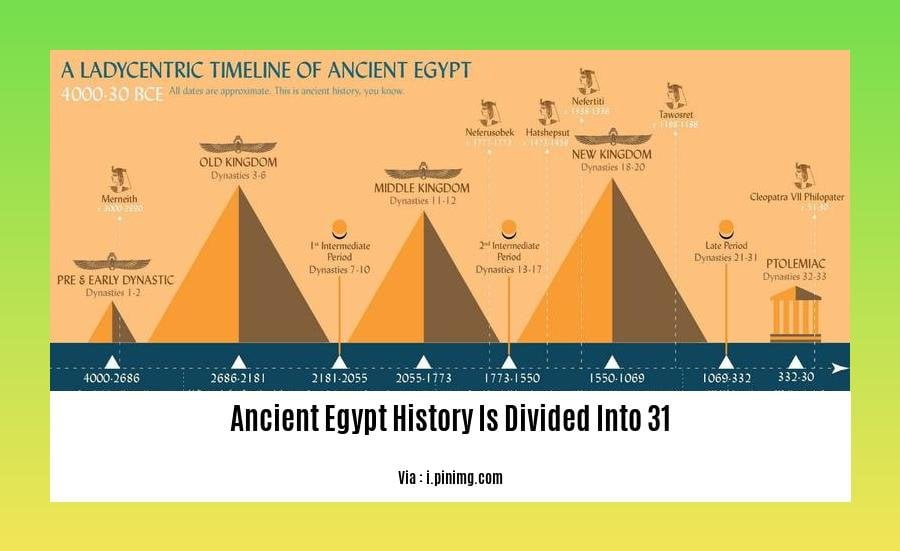
Of the many chapters in ancient Egypt’s rich history, the intermediate periods, marked by instability, stand out as unique and transformative eras. These periods, like seams in the fabric of time, reveal moments of change and fragmentation, when the centralized rule of the pharaohs faltered, and regional powers rose and fell.
Key Takeaways:
- Fragmentation and Decentralization:
Intermediate periods were characterized by a decline in the authority of a unified rule, leading to fragmentation and decentralization.
Rise of Regional Powers:
During these periods, various regional powers emerged, often vying for control over different parts of Egypt or ruling simultaneously.
Political Instability:
Centralized rule weakened, making way for rivalries, power struggles, and periods of civil war.
Cultural and Artistic Shifts:
Intermediate periods witnessed shifts in artistic styles, religious practices, and the emergence of new cultural influences.
Rise and Fall of Dynasties:
Intermediate periods often involved the rise and fall of various dynasties, with some lasting for only a few years or decades.
First Intermediate Period:
This period, lasting approximately 125 years, marked a critical juncture between the Old and Middle Kingdoms, characterized by political instability, decentralized rule, and the emergence of rival power centers at Heracleopolis and Thebes.
Second Intermediate Period:
Another tumultuous period of ancient Egypt, the Second Intermediate Period witnessed the rise of the Hyksos, who ruled from the eastern Delta region and brought forth significant cultural changes.
Third Intermediate Period:
The Third Intermediate Period, occurred following the fall of the New Kingdom, was also a time of fragmentation and instability, with various regional powers vying for control.
Preservation Challenges:
The intermediate periods, due to the turbulent nature of the times, present challenges in preserving historical records and monuments, leading to gaps in the archaeological record.
Resilience and Transformation:
- Despite the challenges, the intermediate periods showcase the resilience and adaptability of ancient Egyptian society, as they navigated transitions and emerged with renewed vitality and cultural diversity.
Citations:
[1] https://en.wikipedia.org/wiki/First_Intermediate_Period_of_Egypt
[2]
Old, Middle and New Kingdoms
Egypt’s rich history unfolds like a captivating storybook, divided into three distinct eras: the Old, Middle, and New Kingdoms. Each chapter of this ancient civilization’s journey offers unique insights into the rise, reign, and remarkable achievements of its pharaohs.
The Enduring Legacy of the Old Kingdom
The Old Kingdom marked the dawn of Egypt’s golden age, spanning from 2686 to 2181 BCE. This era witnessed the construction of awe-inspiring pyramids, colossal monuments to the power and divinity of the pharaohs. The pyramids of Giza, including the Great Pyramid of Khufu, stand as enduring symbols of this era’s architectural prowess and engineering genius.
Flourishing Culture and Innovation in the Middle Kingdom
The Middle Kingdom, from 2055 to 1650 BCE, ushered in a period of cultural and economic prosperity. The pharaohs of this era focused on expanding Egypt’s borders, promoting trade, and fostering cultural exchange. This era saw the rise of Thebes as the new capital, the development of the hieratic script, and the creation of intricate works of art and literature.
Imperial Grandeur and Artistic Achievements of the New Kingdom
The New Kingdom, from 1550 to 1070 BCE, marked the zenith of ancient Egypt’s power and influence. This era witnessed the rise of iconic pharaohs such as Thutmose III, Akhenaten, and Ramses II. The New Kingdom expanded Egypt’s empire, stretching its influence from Nubia to the Euphrates River. This era is renowned for its magnificent temples, including Karnak and Luxor, and the construction of the Valley of the Kings and the Great Sphinx.
Key Takeaways:
The Old Kingdom (2686-2181 BCE) was marked by the construction of pyramids and the rise of the pharaoh as a divine ruler.
The Middle Kingdom (2055-1650 BCE) was a time of cultural and economic prosperity and saw the development of new technologies such as the water clock and the chariot.
The New Kingdom (1550-1070 BCE) was a time of military conquest and the expansion of the Egyptian empire. It was also a time of great artistic and cultural achievement.
References:
[1] Ancient-Egypt-Online. (n.d.). The Old, Middle and New Kingdoms of Egypt. Retrieved from
[2] Cartwright, M. (2018, March 19). New Kingdom of Egypt. World Atlas. Retrieved from
FAQ
Q1: What was ancient Egypt’s system of organizing its history?
A1: Ancient Egypt’s history was divided into 31 dynasties, which were further organized into three kingdoms: the Old Kingdom, Middle Kingdom, and New Kingdom.
Q2: What were the three major periods in ancient Egyptian history?
A2: The three major periods in ancient Egyptian history were the Old Kingdom (2686 to 2181 BCE), Middle Kingdom (2055 to 1650 BCE), and New Kingdom (1550 to 1070 BCE).
Q3: What were some key events during the First Intermediate Period?
A3: The First Intermediate Period was characterized by the rise of two competing power bases in Egypt, one in Lower Egypt and another in Upper Egypt. Temples were pillaged, artwork was vandalized, and statues of kings were destroyed during this time. The Theban kings eventually emerged victorious and reunified Egypt under Mentuhotep II, marking the beginning of the Middle Kingdom.
Q4: What were the major achievements of the Middle Kingdom?
A4: The Middle Kingdom was a time of cultural and economic prosperity, as well as the development of new technologies such as the water clock and the chariot. The construction of the Karnak Temple Complex and the development of a strong centralized government were also significant achievements during this period.
Q5: What was the significance of the New Kingdom?
A5: The New Kingdom was a time of military conquest and the expansion of the Egyptian empire. It also witnessed great artistic and cultural achievements, including the construction of the Great Sphinx and the Valley of the Kings. The reign of famous pharaohs like Ramses II and Tutankhamun also occurred during this period.
- Senior at What Age: Benefits & Eligibility Guide - March 29, 2025
- Unlocking Senior Benefits: How Old is a Senior? Your Complete Guide - March 29, 2025
- Master Russian Politeness:A Guide to Saying Please - March 29, 2025
